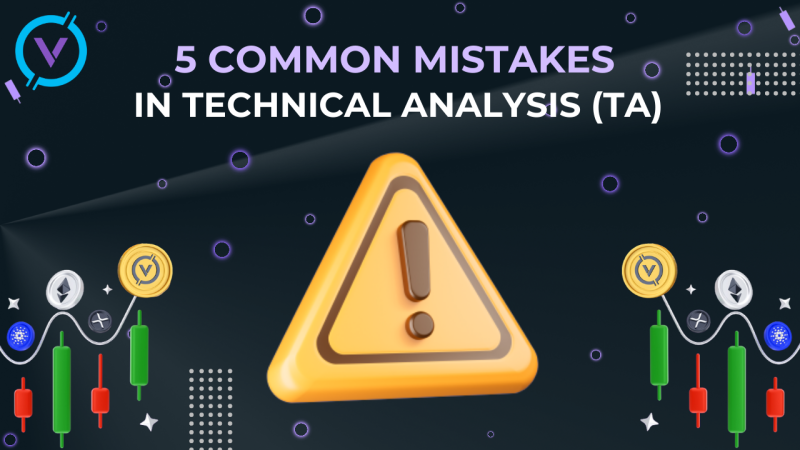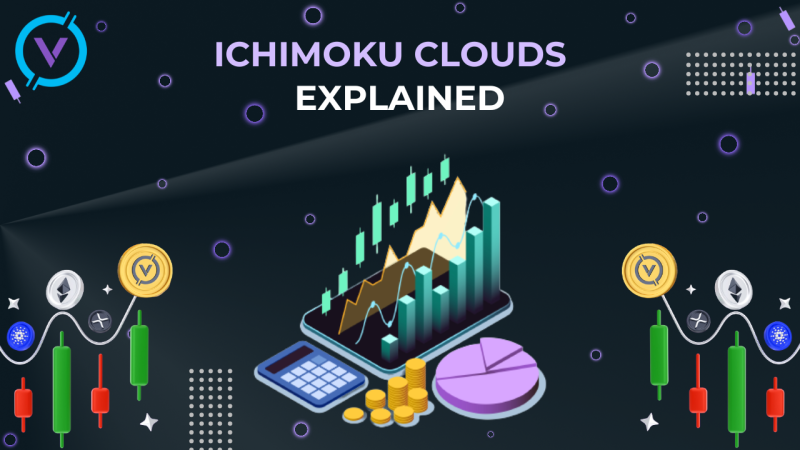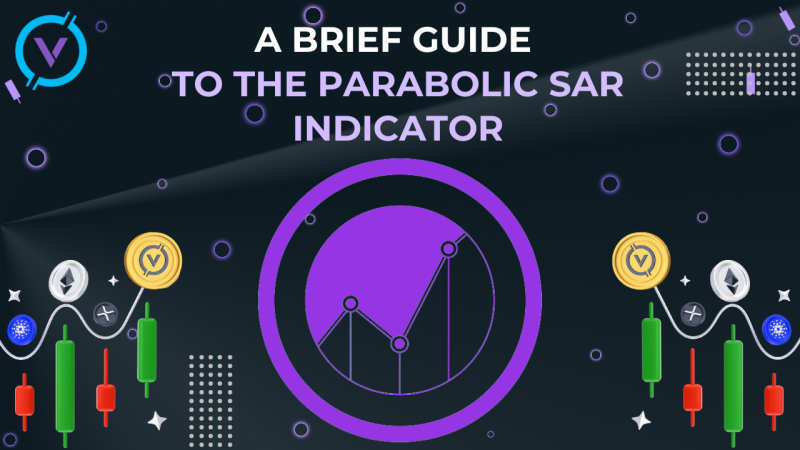In crypto trading, the most important thing is strategy. A well-chosen strategy provides you with a reliable income, while choosing the wrong strategy can have unpleasant consequences.
You can endlessly discuss different strategies, from simple “walking” to more advanced methods (for example, day trading), but none of them will work if you do not know how to analyze market trends.
Market analysis is extremely important for choosing the right strategy. Of course, all these lines, numbers and abbreviations look a little scary, but in general it all comes down to technical and fundamental analysis.
We wrote a detailed article about fundamental analysis, which can be found on our website.
Now let's move on to technical analysis!
Technical analysis is...
Technical analysis of cryptocurrencies is the study of the dynamics of the cryptocurrency market, mainly by means of charts (additional tools such as candlestick analysis or indicators may be used), in order to predict the further movement of the price of cryptocurrencies.
The basic principle of technical analysis is quite simple: everything repeats itself. Analysts who use this approach study market data for past periods (transaction volume, price trends), and not the specific goals of a particular cryptocurrency or project.
They try to predict market behavior using retrospective data. To do this, they identify recurring patterns, and then carry out theoretical calculations based on “bullish” or “bearish” market trends.
Technical analysis is based on the assumption that price fluctuations in the market are not random and are caused by recurring trends, which can be used to build forecasts.
As part of the technical analysis, it is necessary to consider the supply and demand for a certain cryptocurrency. Let's assume that we have been observing a bull market for some time.
This may lead to a decrease in the supply of cryptocurrencies due to high demand, which leads to an increase in prices. When prices rise, people will start selling their cryptocurrency to make a profit, and this will mean a transition to a bear market. At some point, the supply will exceed the demand, and then the prices of the cryptocurrency will begin to decline. After that, the cycle repeats again.

Details os Common TA indicators:
1. Volume
Volume reflects the level of investors' interest in the market, showing the number of transactions for a certain period of time. The Volume chart contains green and red "candles": the first indicates a decrease in the market volume, the second indicates an increase in it.
2. The Simple Moving Average (SMA)
Incredibly useful multi–purpose technical indicator that every trader should have at least some idea about.
Its value is periodically recalculated, while the oldest value of the period is removed from the calculations in favor of the newest one.
3. Exponential moving averages (EMA)
EMA is a type of moving average that gives priority to the most up — to-date data, which helps to know the trend direction more accurately. That is, it helps to forecast for the medium term.
4. Relative Strength Index (RSI)
The relative strength index shows that the market is overbought or oversold. It indicates the weakness or strength of the cryptocurrency with the help of a previous change in its price. These changes indicate whether the asset has been overbought or oversold.
5. Fibonacci Levels
Fibonacci levels help to predict entry and exit points, tell the trader the moments to sell or buy an asset.
6. Shapes
Technical analysis figures are visual patterns that allow you to determine the current trends in the crypto market.
7. Triangle
The Triangle figure allows you to identify key support and resistance zones, and depending on its shape, you can predict which way the price will move in the future.
The triangle is used to find the breakdown point on the chart. A breakdown of the support or resistance level may indicate a new trend.
8. Wedge
The "Wedge" shape is very similar to a triangle, but the wedge is characterized by the fact that it is more like a right triangle in shape.
What is the difference between a wedge and a triangle?
The wedge displays a noticeable advantage in the direction of bulls or bears. It can occur both at the end of the trend and inside the trend.
9. Head and shoulders
Another popular figure in technical analysis, which got its name from its characteristic appearance.
As a rule, the "Head and shoulders" signal an impending fall in the exchange rate if the price "breaks through" the key support level. This figure can also be called a bubble indicator, since it is during the hype that such figures are most often formed.
10. Flag
This figure is a rectangle and is formed when the support and resistance zones are approximately equidistant from each other. The "flags" illustrate a steady price trend over a certain period of time.
11. Fundamental and technical analysis
Technical analysis is better suited for short-term transactions, as the exchange rate can change over several days or even hours. However, it can also be used to identify long-term uptrends and downtrends.
When using technical analysis, you should not rely too much on this method. To avoid mistakes, you need to consider different data and context. The same can be said about fundamental analysis. Often it shows what the value of an asset should be, and does not reflect its real market price.
Usually traders use both methods, analyzing not only statistics for past periods, but also their own asset value.
Basically, it all comes down to how you use these methods. To properly analyze the market, you need to study a large amount of information, because the more you know, the less you risk.


